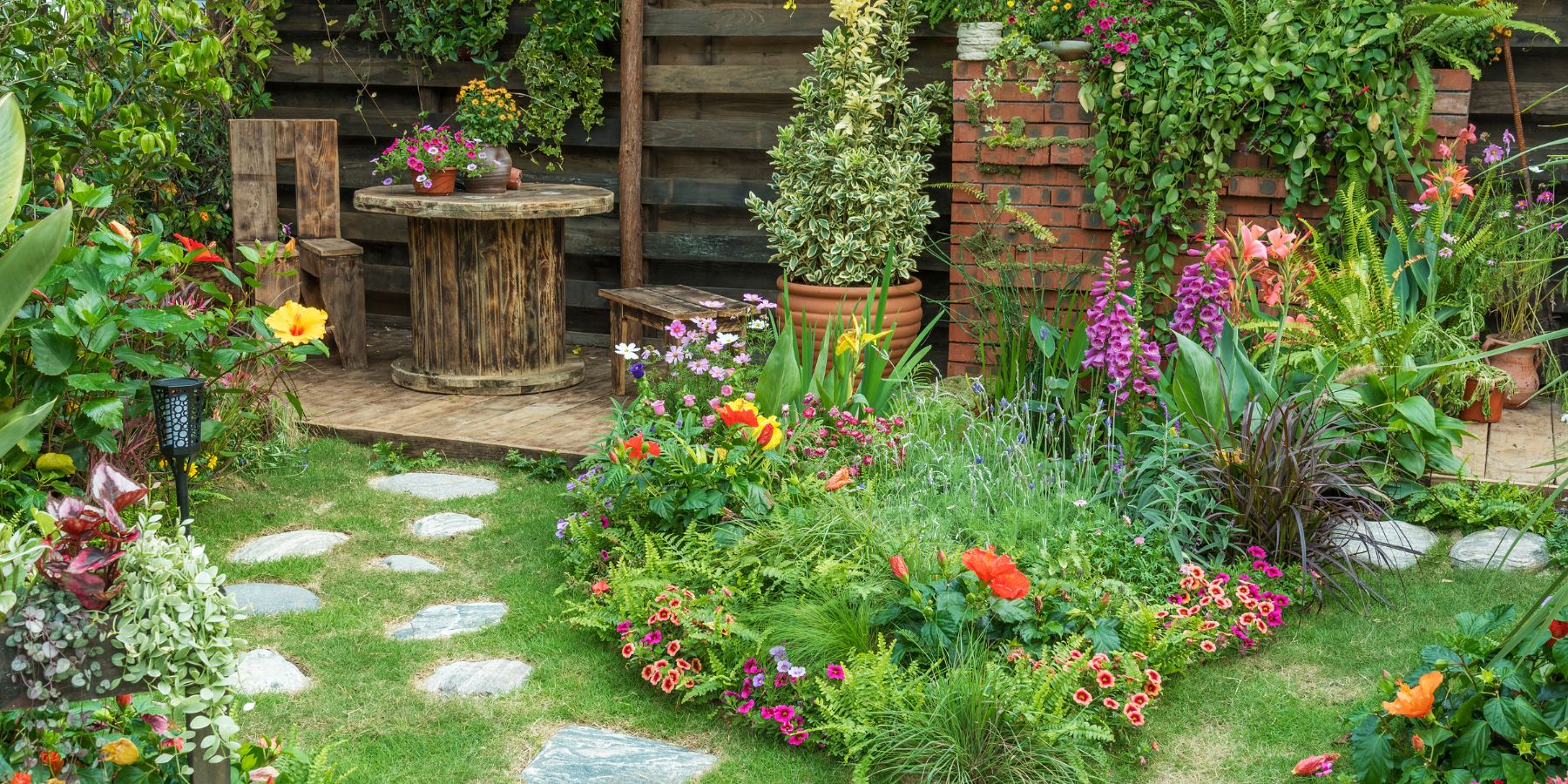Do you dream of having a beautiful, lush garden while also conserving water? It's not only possible but also essential in today's world. In this guide, we will explore the best water-saving practices for your garden, helping you achieve the perfect balance between greenery and conservation.
Why Water Conservation Matters
Before we dive into the practical tips, let's understand why conserving water is crucial, even for your garden. Water is a finite resource, and in many regions, it's becoming scarcer due to climate change and population growth. Conserving water not only helps the environment but also saves you money on your water bill.
Water-Saving Practices for Your Garden
1. Choose Drought-Resistant Plants
One of the most effective ways to save water in your garden is to choose plants that are well-suited to your local climate and soil conditions. Native and drought-resistant plants require less water and are more likely to thrive in your garden.
2. Mulch Your Garden Beds
Applying a layer of mulch to your garden beds helps retain soil moisture, reducing the need for frequent watering. Organic mulches like wood chips or compost not only conserve water but also improve soil health.
3. Install a Drip Irrigation System
Drip irrigation delivers water directly to the base of your plants, minimizing water wastage due to evaporation and runoff. It's a precise and efficient way to keep your garden hydrated.
4. Water Early in the Morning or Late in the Evening
Watering your garden during the cooler parts of the day reduces water loss to evaporation. Early morning or late evening is the best time to hydrate your plants.
5. Collect Rainwater
Set up rain barrels or tanks to collect rainwater from your roof. This harvested rainwater can be used to irrigate your garden, reducing the need for tap water.
6. Group Plants with Similar Watering Needs
When planning your garden layout, group plants with similar water requirements together. This ensures that you're not overwatering some while underwatering others.
How to Save Water at Home
Now that we've covered garden-specific tips, let's talk about how these practices fit into the bigger picture of water conservation at home.
Collecting rainwater for your garden is a great way to save water at home.
Mulching not only conserves water in your garden but also helps regulate soil moisture around your property.
Installing a drip irrigation system can be used not only for your garden but also for potted plants and hanging baskets around your home.
Being mindful of when you water your garden also applies to indoor plants. Water them when it's cooler to reduce evaporation.
Choosing drought-resistant plants for your garden aligns with saving water both indoors and outdoors.
Cultivate a Water-Saving Garden
With these water-saving practices, you can cultivate a lush and vibrant garden while being environmentally responsible. Conserving water not only benefits your garden but also contributes to the sustainable use of this precious resource. Start implementing these tips today and watch your garden flourish while your water bills shrink.


